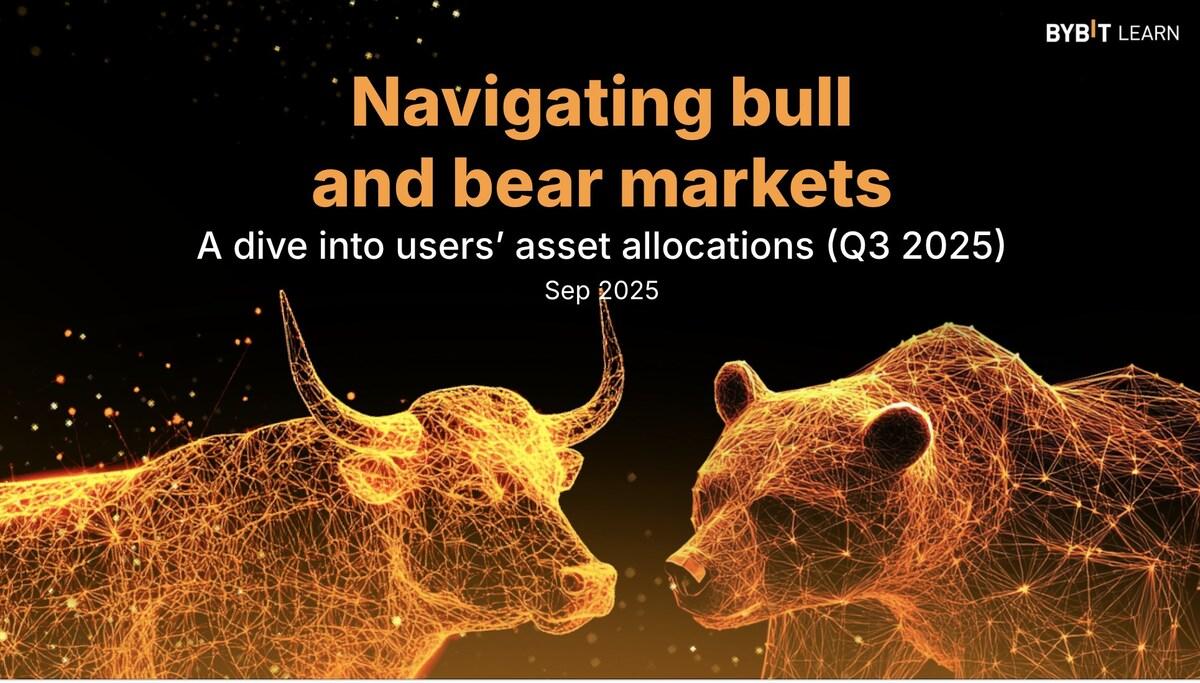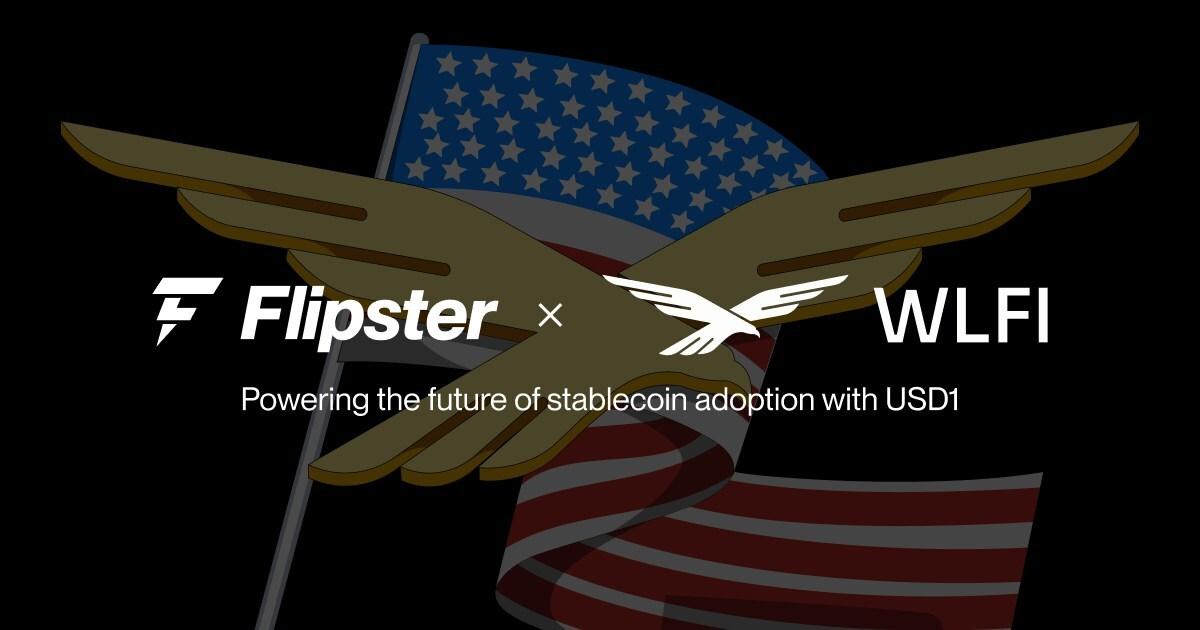Visa Publishes Research Exploring Solana’s Blockchain Capabilities

Visa, a leading figure in the payment technologies space, has been closely observing advancements in blockchain scalability, particularly with recent innovations in Ethereum’s “Layer 2” networks and new ecosystems like Solana. The former recently announced a to expand its stablecoin capabilities.
In a recently published , Visa Crypto, the financial technology firm’s crypto and blockchain division, acknowledge that the Solana blockchain’s current performance and capabilities are worth exploring, especially in the context of large-scale transaction volumes.
The research conducted by Visa Crypto’s Arjuna Wijeyekoon (VP of Fintech) and Mustafa Bedawala (Research & Product Manager) highlights notable aspects of the Solana blockchain, showing how, in recent years, blockchain networks have emerged as possible (or, in this case, complementary extensions) to traditional payment systems.
The research work from Visa claims a central problem: achieving secure, high-throughput, and low-cost transactions on blockchain networks remains a significant challenge, especially in the context of large payment networks such as what Visa currently serves.
Parallel Processing
According to Visa, throughput capabilities offer a notable distinction. With an ability to manage an average of 400 transactions per second (TPS), peaking at around 2,000 TPS during high-demand intervals, it stands out when compared to average of 12 TPS and 7 TPS. Such capacities suggest a potential robustness in handling large transaction volumes.
Wijeyekoon and Bedawala claim that Solana’s capability for parallel transaction processing is notable because in contrast to (which uses a single-threaded model), Solana’s architecture is designed to process multiple transactions simultaneously. This method of parallel processing aims to reduce potential network congestion, hence streamlining the efficiency and reliability of transactions on its platform.
Transaction Costs & Finality
Another point of consideration is the issue of transaction costs. With a digital landscape that can often see fluctuating and unpredictable fees, especially in the case of networks like Bitcoin and Ethereum, Solana offers a measure of stability. Its transaction fees are typically pegged at less than $0.001, and more importantly, they’re predictable. For , predictable transaction costs can translate to more consistent and manageable financial planning.
In terms of transaction finality, Solana has adopted the “optimistic confirmation” mechanism, which aims to swiftly complete transactions. This method allows a block to be finalized based on votes from a significant majority of validators without needing complete consensus. Such mechanisms, if reliable, may enhance user confidence by ensuring timely transaction confirmations.
Network resilience is vital for any blockchain, and as of July 2023, Solana’s network appears robust, with 1,893 active validators and an additional 925 RPC nodes. This widespread network, distributed across 40 countries, suggests a global, decentralized, and diversified infrastructure. To further bolster its infrastructure, Solana has also sought diversity in its validator clients, moving away from a reliance on a single client from Solana Labs.
“Solana’s unique technological advantages, including high throughput with parallel processing, low cost with localized fee markets and high resiliency with a significant number of nodes and multiple node clients, work together to create a scalable blockchain platform with a compelling value proposition for payments,” Wijeyekoon and Bedawala stated.
According to Visa, the functionality on Solana is still in a pilot phase, and will be tested accordingly if applicable to the demands of “modern corporate treasury operations”. Visa’s decision to expand its stablecoin settlement pilot to work with the Solana network reflects an interest in understanding how innovations in blockchain infrastructure might be integrated into established financial systems.




